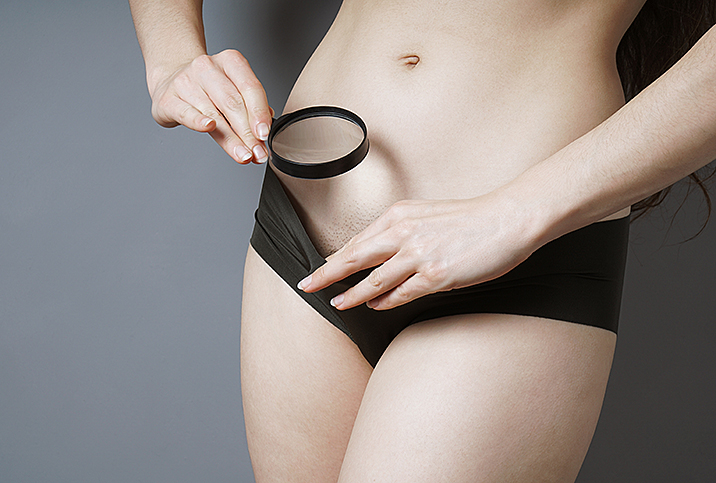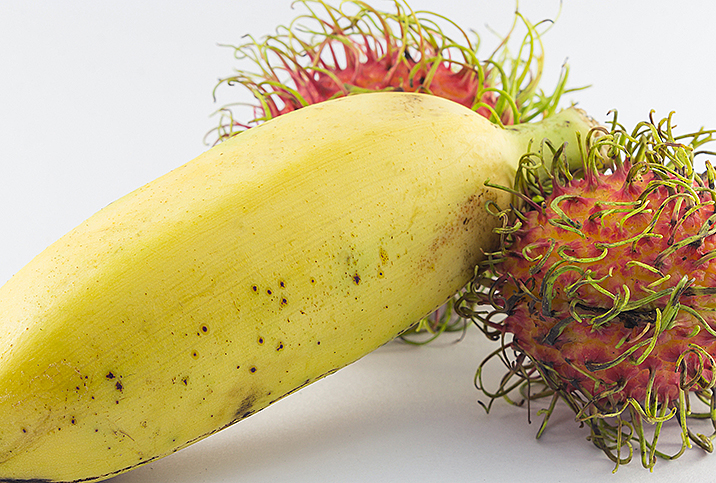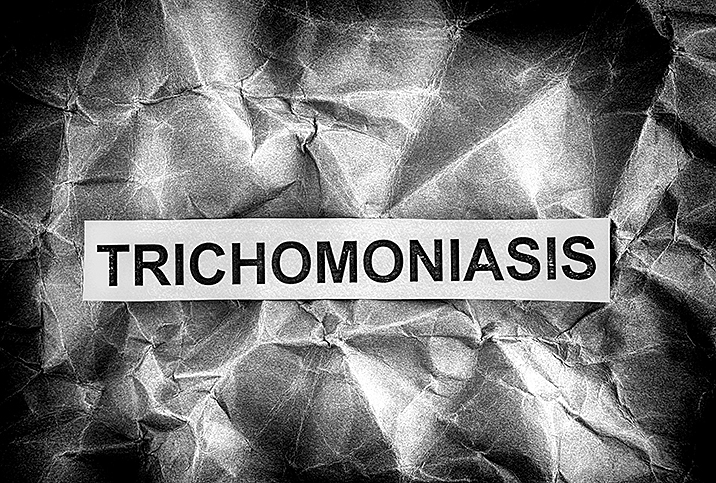What to Do If You Think You Have Crabs

Pubic lice, also known as crabs, are tiny insects that can attach to your genital region or other areas of your body that have coarse hair, such as your eyelashes or eyebrows.
These lice are different from head lice and resemble tiny crabs, which gives them their nickname. However, like head lice, they do cause itching and irritation that can often lead to a skin infection from excessive scratching. The itching is partially caused by the insects biting you to feed on your blood.
While having pubic lice can feel like a traumatic experience—both from the physical effects and the social stigma—it is important to not ignore this condition because you can spread them to your partner.
Bottom line, though: This is an easily treatable condition that requires over-the-counter products or prescription medications from your doctor.
Signs & symptoms of pubic lice
If you have pubic lice, you may notice intense genital itching, visible crawling insects, pale-blue spots or light-colored eggs attached to pubic hair. Pubic lice can also appear on body hair near your genitals or on coarse facial, leg, chest or armpit hair.
Lice eggs, also known as nits, can take about six to 10 days to hatch. They are often oval-shaped and usually white or yellow in color.
Contracting pubic lice
You can contract pubic lice by having sex with an infected person, and that includes anal, vaginal or oral. You might also catch crabs after sharing bed sheets, clothing or towels with an infected person, or even just spending some time in close contact with them.
Complications can sometimes develop from a pubic lice infestation. For example, you may get a secondary infection caused by excessive scratching that can break down the skin and leave it open and susceptible to infection. Your skin may discolor, too. If you have irritations in your eyes caused by pubic lice that have found a home in your eyelashes, it’s very important to seek medical attention, because this can lead to damage to important structures in the eye.
Diagnosis & treatment
If you suspect you have pubic lice, you should allow a doctor to confirm your condition before you spread them to other people. Your doctor can carry out a visual inspection of your pubic hair, looking for the presence of crab-like insects moving all around your genital region. Lice eggs attached to pubic hair (or other coarse body hair) also indicate the presence of crabs.
To get rid of pubic lice, you can try the following treatments, as directed by your doctor.
Over-the-counter products
Over-the-counter shampoos and lotions that contain permethrin or pyrethrin may help kill pubic lice without further treatment. Use these medications exactly as directed.
Prescription medications
Prescription medications for pubic lice, typically in cream form, are stronger than over-the-counter products. Simply apply the lotion to the affected area and wash it off after a specified time period. Oral medications that treat pubic lice are also available.
Nit combs
If you see only a few lice or nits, you might be able to use a nit comb to get rid of them. You can find a nit comb at most pharmacies and other places that sell medications, as well as through online retailers. However, it is highly recommended you involve your doctor in your self-medication strategy, especially as they may have suggestions for medications that would be quicker and more effective.
Nit combs are also important when you’re using a medication: Even if you think you’ve gotten rid of the insects, using a nit comb will ensure you also get rid of any eggs that may hatch later and create a new infestation.
Petroleum jelly
If lice appear on your eyelashes or eyebrows, apply petroleum jelly to the area at night when you sleep. That treatment often gets rid of them. You may need to repeat this treatment for several weeks to achieve the most effective results.
Wash contaminated items
An important part of your treatment is to wash clothing, towels and bedding in hot, soapy water and dry the items on high heat for at least 20 minutes in the dryer. You may want to consider informing partners to clean their clothing and linens, too.
How can I reduce my risk of pubic lice?
Until you and your partner(s) have been diagnosed and medically cleared of having pubic lice, you should avoid having sex. In addition, don’t share clothing or bedding with people at risk of contracting pubic lice. All sexual partners must get treated for crabs when you do, otherwise you’ll likely be reinfected and have to restart your treatment. It’s important to talk openly and honestly with your partner(s), so you can coordinate your treatment and prevention regimens and avoid reinfection.
Don’t ignore pubic lice and simply hope they go away. There could be serious consequences if you don’t treat them, and that’s especially unnecessary when your local pharmacy carries treatment options that can easily get rid of them.
One final note: If over-the-counter products haven’t worked for you, your doctor can prescribe stronger medications.
















